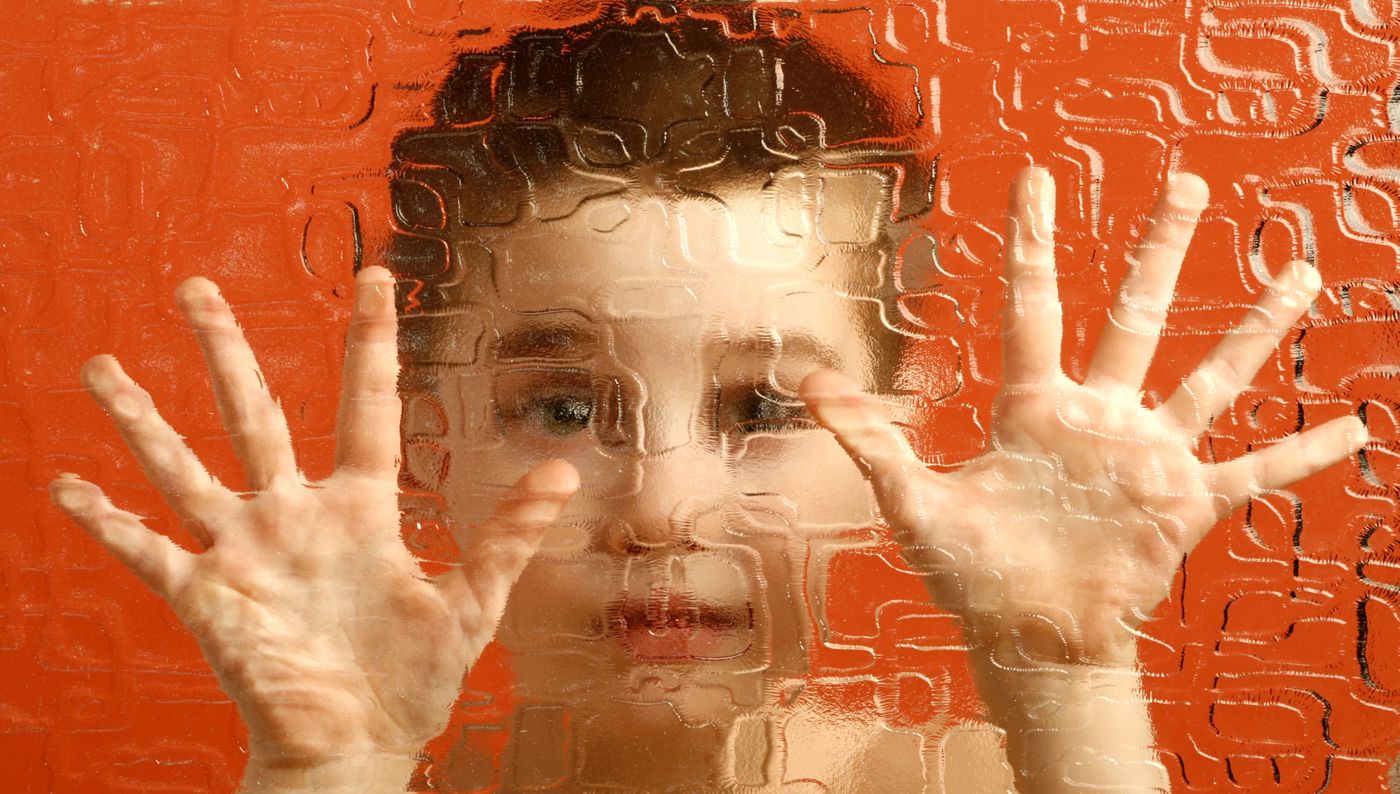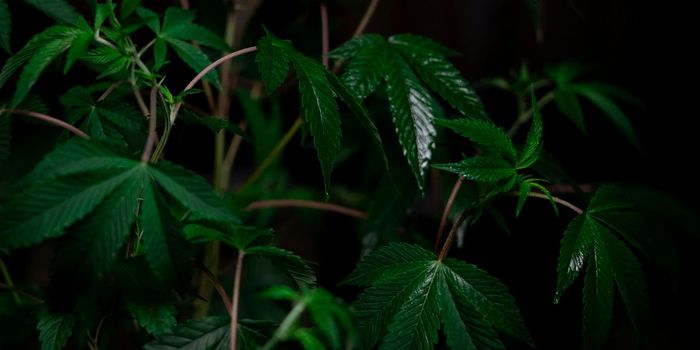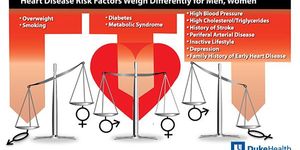Through whole-genome sequencing of hundreds of participants from families with children affected by autism spectrum disorders (ASD), scientists from the University of California, San Diego have identified a surprisingly large and diverse population of mutations that impact the development of autism.
In their study published in
The American Journal of Human Genetics, researchers looked for de novo mutations in the parents and developing siblings of children diagnosed with ASD in addition to examining the DNA of the child with autism. De novo mutations occur spontaneously during early development as a result of mutation in the father’s sperm or the mother’s egg. These mutations contribute to ASD risk by altering gene function, and their spontaneous nature explains why autism can occur even if there is no family history of the disorder.
These spontaneous mutations can appear in a variety of ways. Sometimes the mutation is a simple “spelling mistake” where just one nucleotide letter is changed, although a simple change can still have a dangerous ripple effect on the outcome of proteins created from the genetic code.
The new study also found other, more complex mutations. Structural variants included either an insertion or a deletion of entire “words or sentences” of the genetic code, and they appeared in a surprising variety. Additionally, the scientists found mutations from components of DNA that “copy and paste themselves” from their original location in the genome to another, called “jumping genes.”
Spontaneous structural mutations occur in nearly 20 percent of healthy individuals, the scientist clarified in their study. People diagnosed with autism do not necessarily have more mutations, but their mutations are “more likely to disrupt genes involved in brain development,” said senior author Jonathan Sebat, PhD.
“[The mutations] point us to a biochemical pathway that may be important for social development,” said first author William Brandler, PhD. “In the future, discoveries like this could lead to more effective personalized treatments for autism."
Source:
University of California, San Diego










